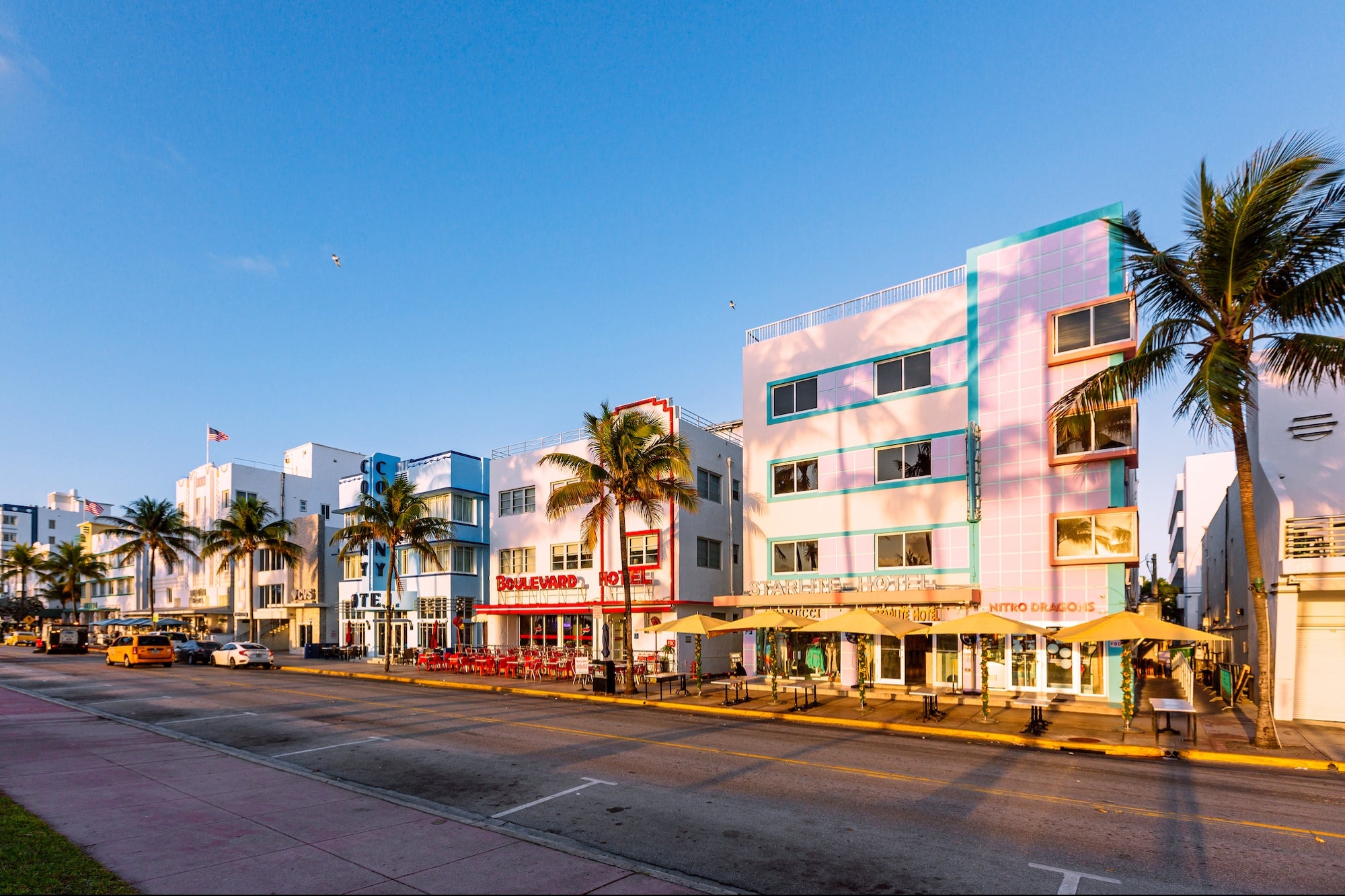The San Francisco cycle: Be doomed, revive, repeat

In the spring of 1968, in South Ozone Park, it became popular to use the word “snag.”
When Dennis McCormick broke a window, or Brother X got in trouble with the Little Sisters of the Gestapo (as he called them), or I tripped over my shoelaces, you’d hear one of the boys yell, “SNAG!” A snag is an unexpected obstacle, so although the word may have been literally true, it had a pejorative feeling, as if whenever I tripped, this was earned misfortune, like I had invoked the wrath of the gods of shoelaces.
As far as I know, this use of this word was limited to one season in one neighborhood in Queens.
Today, terms get repeated endlessly on the internet by people who assume that using them makes them hip. “Inflection point” may be the most overused, but I would put “Meet Cute,” “GOAT,” and “OK Boomer” right up there. I try not to be a curmudgeon, but you should not use “gaslight” unless you have actually watched the 1944 film by that name with Ingrid Bergman and a very young Angela Lansbury.
A relatively new cyberspace chic term is “doom loop.” Jim Collins coined it in his 2001 book “Good to Great.” It’s defined as an event that triggers another unfortunate event that makes the first event even worse.
In March, the Chronicle wondered whether San Francisco was caught in a “doom loop” in the aftermath of the COVID epidemic, with deserted offices downtown, remote work, homelessness and urban crime.
San Francisco (Frank to people who know the city on a first-name basis) has been declared doomed several times. On Dec. 24, 1849, there were homeless people in bivouacs on the streets. A fire broke out in a gambling house called Dennison’s Exchange. The sparks set the tents on fire, resulting in a conflagration.
The city did not have a fire department at the time, and people used pickaxes and dynamite to stop the flames. They succeeded, but there were no buildings left south of Washington Street. There was another major fire two years later.
After the great earthquake and fire of April 1906, it was illegal for a period of time to cook indoors, so meals would be cooked outside.
Chronicle Archives 1906
On April 18, 1906, a magnitude 7.9 earthquake hit San Francisco. The shaking was bad, but the subsequent inferno destroyed 80% of the city and killed more than 3,000 people. The headlines in the temporarily combined Call/Chronicle/Examiner: “San Francisco in Ruins” and “Death and destruction has been the fate of San Francisco.”
But in the wake of that cataclysm, we rebuilt: the Palace of Fine Arts, the subway, City Hall, and later, the Golden Gate Bridge.
In early 1978, the Giants were on the verge of moving to another town. The cable cars were running by a thread. On Nov. 18, in Jonestown, Guyana, 918 people died under the cult leadership of Jim Jones, whose movement was based in San Francisco. Most of them drank a cyanide-based Flavor Aid. On Nov. 27, Mayor George Moscone and Supervisor Harvey Milk were assassinated.

Acting Mayor Dianne Feinstein, with police Chief Charles Gain, at left, addresses the more than 25,000 people jammed around San Francisco’s City Hall on Nov. 28, 1978, as residents staged a spontaneous memorial service for slain officials Mayor George Moscone and Supervisor Harvey Milk. Man at right is not identified.
Associated Press
During each of these moments, soothsayers predicted the death of this city by the bay. The truth is that Frank keeps being doomed but never dies. The official flower of the city may be the dahlia, but our symbol, since 1852, is the phoenix, a bird that rises from its own ashes.
Last week, my husband, Brian, and I dined with the Lois Lane Lunch Club: current and former Chronicle journalists Leah Garchik, Adair Lara and Nanette Asimov. (Jill Tucker was missing in action.) I call them that because they fit my image of bold women writing for great metropolitan newspapers. I assumed they thought of me as their Clark Kent, but I realize I’m only a Jimmy Olsen.
We gathered in front of the Chronicle office and had lunch nearby at the Tempest. This means we ate in downtown “doom loop” San Francisco. I made the mistake of ordering vegan bratwurst, but the food was otherwise decent, and no one died.
As I sipped lemonade, I realized that this is why Frank is a great city: It is made out of whimsy. And that capriciousness attracts not only these great journalists, but also people like Emperor Norton, Margaret Cho, Jack London, Bruce Lee, Maya Angelou, Jerry Garcia. We invent eccentricities such as the jukebox, blue jeans, television, the slot machine and the fortune cookie.

Kevin Fisher-Paulson, second from left, stands outside the San Francisco Chronicle entrance at 901 Mission St. with (from left) Leah Garchik, Adair Lara and Nanette Asimov.
Courtesy Kevin Fisher-Paulson
San Francisco doesn’t need a Superman to save us. Our Lois Lanes are enough.
If a blessing can be a curse, then perhaps a curse can be a blessing. For some, we are living in a doom loop. For some an inflection point. But really it’s just a snag, an opportunity to become something better: a town that is even more quirky, funny and kind.
Kevin Fisher-Paulson’s new book, “Secrets of the Blue Bungalow” (Fearless Books, $25), is available at fearlessbooks.com and area bookstores. He will read from it Thursday, Oct. 12, at A Great Good Place for Books in Oakland. (https://www.ggpbooks.com/event).
Reach Kevin Fisher-Paulson: kevinfisherpaulson@gmail.com





